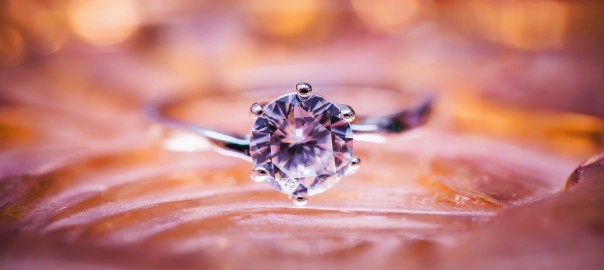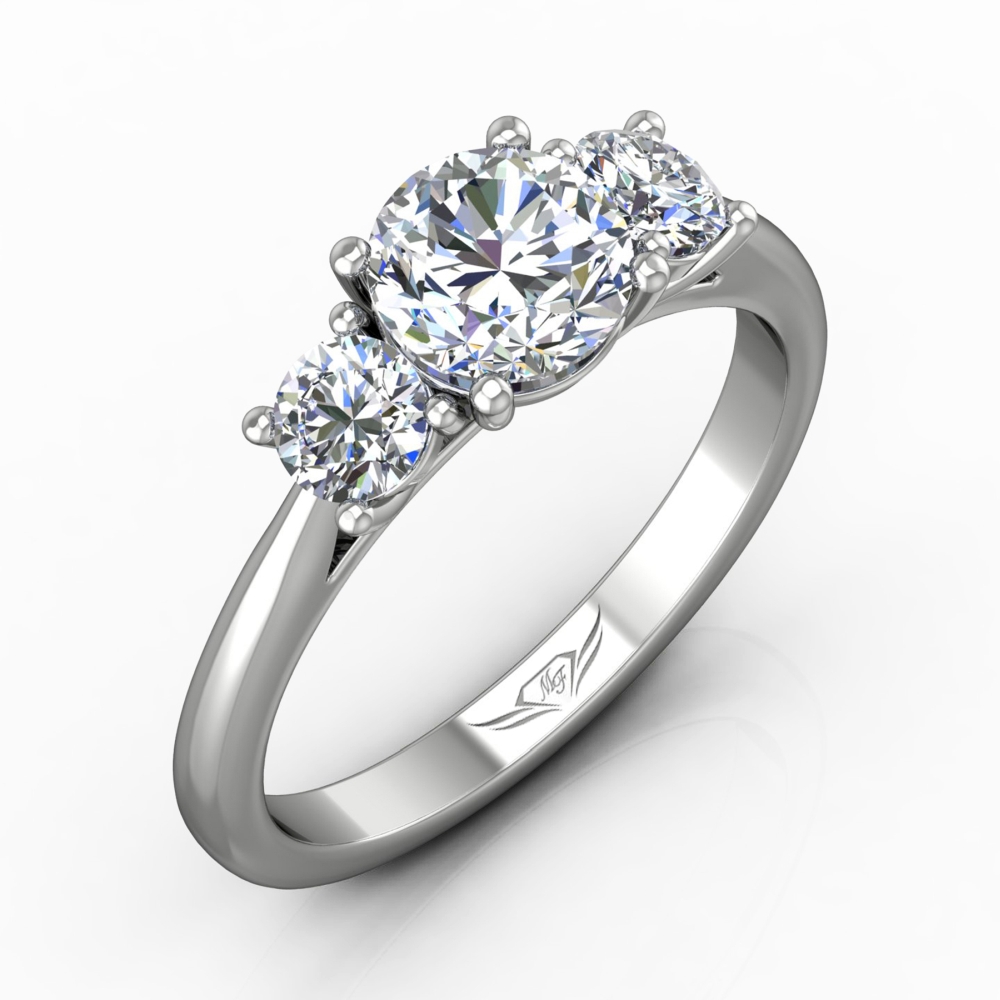Carat Weight – 4 C’s of Diamonds

Today we finish our “Making of a Diamond” exposé with an in-depth look at carat weight. When a jeweler refers to the overall weight of a stone, the are referring to the carat total weight or CTW. It’s important to note, karat and carat are not the same. Karat is associated with gold purity, whereas carat measures how much diamond weight is in a particular jewelry piece.
Carat Weight Origins
So, where did the word “carat” comes from? Hundreds of years ago, traders used a carob for determining the weight of gemstones. A carob is a small seed from the St. John’s beard (or locust bean) plant) which is consistently uniform in size and weight; perfect for determining carat weight of diamonds. Jewelers and gemologist began officially using the term “carat” in 1907. Now, jewelers and shoppers universally use “carat” to measure diamonds and other valuable gemstones. One carat is equal to 200 mg (.02g), which is another way of looking at carat weight. The GIA likens carat weight to comparing a dollar to pennies. In other words, think of it “as a dollar divided into 100 pennies, a carat is divided into 100 points” (GIA).
It is worth noting, while the overall carat weight can increase the stone’s value (all other properties held equal), two stone of equal carat weight can have vastly different values due to differences in the other Four C’s. Jewelers will typically describe a diamond to the hundredth of a carat. However gemologist measure diamonds to the hundred thousandth due to the stone’s value.
At Schwanke-Kasten Jewelers, we have a variety of GIA certified diamonds of all sizes to meet the budget for your dream stone. Should you have any questions or would like to schedule an appointment with one of our GIA certified gemologist, please do not hesitate to reach out to Schwanke-Kasten Jewelers.
